
This article is for anyone with the faint fear that their boss doesn’t like them very much.
Perhaps your boss cancels meetings with you, overlooks you for promotion or gives your colleagues the most interesting bits of work. Maybe they simply don’t reply to your messages.
But this article is also for anyone who’s just keen to make sure they’re on their boss’s radar for all the right reasons.
In her book Impact Players, American researcher Liz Wiseman tries to unpick the formula for doing just that. She interviewed managers at the world’s top companies to discover what separates a good but overlooked employee from a great, highly valued one who gets all the best opportunities. The Impact Player.
What not to do
What interested me most about her book was Wiseman’s list of so-called ‘credibility killers’ – the do nots.
So what really frustrates bosses? The answer is well evidenced. A whopping 170 industry leaders in ten countries contributed to Wiseman’s study, from companies including Adobe, Google, LinkedIn and Salesforce.
Those are opinions worth listening to. Here’s their list of gripes, aka what not to do:
- Give your boss problems without solutions.
- Wait for your boss to tell you what to do.
- Make your boss chase you down and remind you what to do.
- Don’t worry about the big picture; just do your piece.
- Ask your boss about your next promotion or raise.
- Send long, meandering emails.
- Bad-mouth your colleagues, create drama, and stir up conflict.
- Surprise your boss with bad news at the last minute when nothing can be done.
- Ask to revisit decisions that have already been made.
- Leave out inconvenient facts and the other side of the story.
- Blame others for your own mistakes.
- Agree to your boss’s face but disagree behind their back.
- Tell your boss that something is not your job.
- Listen to your boss’s feedback then ignore it.
- Show up late to meetings, multitask, interrupt others.
There’s a lot we could dig into there. But as a writing trainer, I naturally chimed with point six. On nearly every course we run at Emphasis – and there have been over 80,000 – participants list long emails as one of their top pet hates. It seems 170 bosses in ten countries agree.
More on that in a moment.
No problems without solutions
Point one also resonated. Until a few months ago, I was a rep for the National Union of Journalists (NUJ) for my department at BBC World News. Staff came to me with lots of problems. When I started that role, I began writing emails with long lists of complaints that ended up with little or no response from my managers.
It’s a bit uncomfortable for me to admit that – but it’s true.
Then I attended an Emphasis High-impact business writing course. I learnt how to create a logical argument, to write so that people would not only respond to my emails but also act on my advice.
Ultimately, when the BBC News Channel and BBC World News were merged in April 2023, the NUJ saved over a hundred producers’ jobs. And around 90% of our demands were met – all without industrial action. I’m certain that how I wrote played a part in what we achieved.
How to get it right
Of course, Wiseman doesn’t stop at what not to do. She also offers advice on ways to build your credibility – and your boss’s and colleagues’ trust in you. Aspiring Impact Players can do these things by:
- taking responsibility
- going above and beyond
- anticipating and pre-empting problems
- taking initiative – but being a collaborative team player too.
Wiseman makes it clear how you communicate is a key part of all this. She suggests writing your point as if it were a 140-character tweet, using executive summaries, and adding a summary of the ideas in any long email chain that you forward.
Let’s go a bit deeper.
Emailing like an Impact Player
Follow these five steps to success every time you email your boss. (I’ve included some of Liz Wiseman’s wisdom, so you can double down on becoming the workplace star.)
1. Find out what your boss cares about
Wiseman says make it your business to know your boss’s three biggest priorities. She uses the mnemonic WIN – What’s Important Now.
Tailor your email to acknowledge your boss’s priorities, and they are far more likely to read and act on it. You can either ask them what’s at the top of their agenda or you’ll already know. Some leaders write priorities on a noticeboard, others make them the subject of meetings.
But remember these priorities can change day to day, so you need to keep your ear to the ground.
2. Grab their attention in the subject line
I’m a trained journalist, so headlines are my thing. Summon your own inner sub-editor and sum up the email’s content in a few words.
Again, this will need to speak to your recipient’s priorities to really catch their attention. Consider adding a call to action in there too. For example: ‘Three ways we can avoid strike action – join Zoom call at 15:00.’
If you’re forwarding or replying to an email chain, update the subject line if the original one becomes irrelevant.
3. Use SCRAP as a logical structure
Remember that the goal is to avoid not just long emails but meandering ones – so make yours well structured.
At Emphasis, we recommend using the SCRAP structure for most emails you send. Here’s how it works:
- Start with the Situation. This should be something friendly, polite but specific, like: ‘It was good to catch up with you last week.’
- Then introduce the reason for emailing: the Complication. For example, outlining that staff have reacted badly to word of impending cuts.
- Next is your time to shine – to give your solution or Resolution. For example, ‘There are three ways we could soften the blow […].’
- Now it’s time for Action – repeat (and usually expand on) the call to action you introduced in the subject line: ‘Let me know if you can attend the Zoom meeting at 15:00, where we can discuss this further.’ Try (politely) including a deadline on any calls to action. Clarity around when things need to happen is genuinely helpful when we’re all juggling multiple priorities.
- End with an appropriate level of Politeness, such as ‘Hope to see you then’ or a simple ‘Kind regards’.
4. Include a summary if there’s a lot of information to convey
Sometimes sending a longer email is unavoidable, including when you’re forwarding an email chain. But as Wiseman recommends, a short summary-style email at the top is a good idea in these cases.
To do this well, pull the main points out of the longer information or email chain. Consider using bullet points for this. Where relevant, provide conclusions or recommendations and give suggested next steps – or a clear call to action if there’s a definite next step.
5. Use these three key readability techniques
Always keep your writing succinct and easy to digest – write to inform, not to impress. These techniques will take you a long way:
- Keep sentences short: Stick mostly to 17 words or fewer per sentence, and no more than 35. Why? The reader should focus on what you are saying, rather than struggling to understand the flow of the words. For important statements, go even shorter, eg: ‘We have to act now.’
- Use the active voice: Writing is usually more engaging and easier to digest if you put the action-taker before the action. So ‘We need to invest now to meet our targets’, rather than ‘Investment is needed to ensure targets are met.’
- Keep it short and simple (KISS): Work on changing your mindset to become ruthlessly concise. For example, write ‘This will reduce waste,’ rather than ‘Undertaking this approach will lead to a reduction in waste.’ The more you strive to do this, the easier it becomes. I promise.
Impact Players and high-impact writers
There’s no ignoring the parallels between what it takes to be an Impact Player and what makes an effective writer at work.
Good writers get to the point. They plan their content so that it’s relevant to the reader. They make it clear what they want you to do, feel or think. They understand that your time is precious. And, just like an Impact Player, they make work light for others.
As Liz Wiseman points out: ‘People who are easy to work with are usually easy to understand. They get to the point and express their ideas clearly.’
Do that and you will be noticed – for all the right reasons.
Image credit: Na_Studio / Shutterstock





